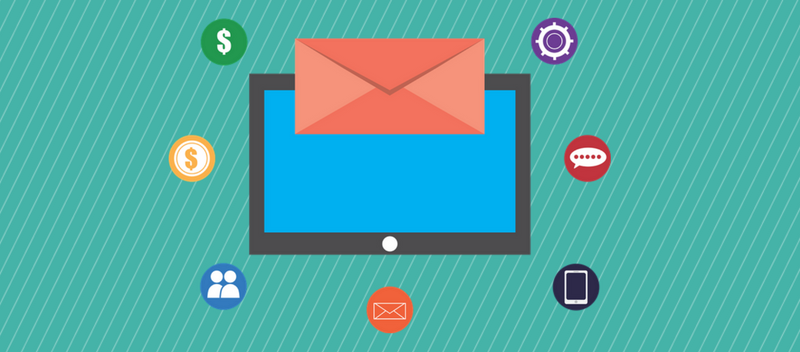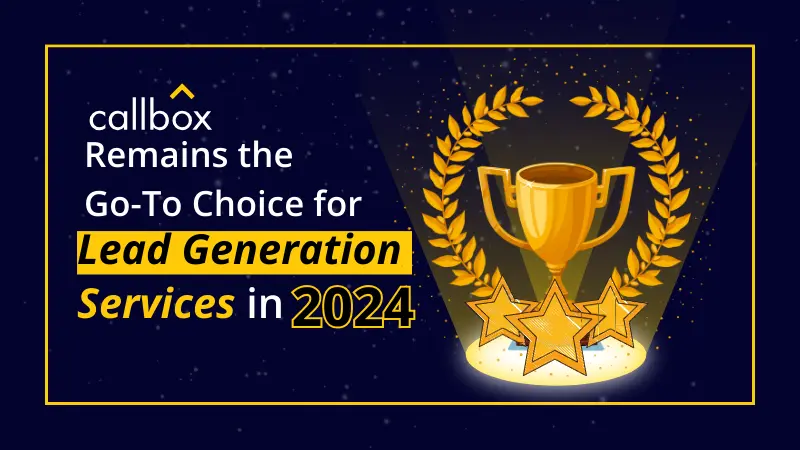Email correspondence is one of the main forms of communication with colleagues and clients. Unlimited possibilities of technological progress make it possible to instantly send and receive business messages from anywhere, including social networks, both widely known and narrowly focused like here.
If you conduct business correspondence via one of the instant messengers or social networks, you may deviate from some rules. But this does not give the right to ignore the cornerstones of email etiquette, as sometimes familiarity and written mistakes lead to disastrous consequences, up to the noncooperation.
In the paper, I’m going to share with you a few tips on how to improve your business email communication.
#1 Write a Relevant, Informative and Concise Subject
Before you start writing a business letter, determine the main idea that you will convey to the recipient. Think about the subject line. Include keywords – words by which the letter can be found easily – to the subject line.
The subject should be clear and relevant as it’s the first thing the recipient pays attention to. Within a few seconds, he/she decides on whether it’s worth to continue reading.
At least, you have to stick to the next three following principles:
- Relevance.
- Informativeness.
- Pithiness.
Also, you should have a clear understanding of the features of the recipient, namely his social status, position within the structure of the company, etc.
#2 Brevity is the Soul of Wit
In my opinion, one of the key factors of successful business dialogue via email is the ease of perception of information provided within the letter. Therefore, try to exclude words that do not convey the meaning of the letter. Even if you need to describe the situation in detail, re-read each sentence and edit the piece to make it as simple as possible. Keep it simple, stupid☺.
Don’t overuse exclamation marks. A single exclamation mark is enough to express emotions and mood. This also applies to emoticons and abbreviations. Joking aside if you write to a person for the first time! Besides, what’s funny to you isn’t always funny to others.
Today, people have very little time and a lot of possibilities how to use it. Therefore, most recipients have just about a few seconds to navigate through the letter and decide if it’s worth their further time. If a reader sees a letter with a large amount of text, it’s a great chance he will close it or postpone until better times.
Please write on the merits.
#3 Be Tactful
If the email requires a response, end the question with a question mark. If the answer is required urgently, hint about it carefully. Don’t force the recipient to answer, thereby putting him under the pressure.
As for the tone of the email, choose it in accordance with the frequency of communication with a recipient or a corporate culture of a particular company.
#4 Prioritize the Letter
Well, begin every first email of the day with a greeting. Personal treating is a must; let the recipient feels you’re really interested in his person rather than just sending template emails. Personal treatment is far beyond the politeness.
If you address the message to an organization or a few recipients, use a treatment like “Colleagues” or “Gentlemen.” In an official letter, feel free to follow the greeting with an exclamation mark.
#5 End the Letter with Signature and Contacts
If you want to be treated as a professional, be sure to end emails with your personal signature and contact information. The signature’s reasonable length is up to 6 lines (name, title, company name, phone number, email, and website addresses).
Related: The Power of Email Marketing in 2016 and Beyond [INFOGRAPHIC]
#6 Delayed Response is Better than no Response
Ideally, you should reply to emails right after you get them. If you have no time to answer immediately, show your good manners by notifying the recipient that you have just received the letter and will respond soon.
#7 End the Dialogue Only if You Started it
One of the cornerstones of business emailing is that the right to end the conversation belongs to the one who started it. Polite farewell or words of gratitude are the best ways to make pleasant post-impression.
Related: 5 Parts of a Best Lead Converting Email [INFOGRAPHIC]
#8 Don’t Send Emails on Weekends
Well, there’s not a bad tone but rather the decline in the efficiency of emailing. Imagine you’ve been waiting for a vacation during the whole week and, finally, you’ve got it. Will you have the motivation to answer incoming correspondence? Obviously, you won’t.
Thus, don’t expect your email to be read on weekends. The second half of Friday is a bad time as well. Of course, if it’s not something urgent.
Undoubtedly, people are trying to minimize and standardize the conversation. This contributes to the growing number of communications and devices that help us respond quickly and stay in touch without looking up from other daily routines. Well, that’s quite efficient, although it has some disadvantages like grammar and spelling mistakes.
In the end, if you are not sure about your email, take the time and read it once more.











